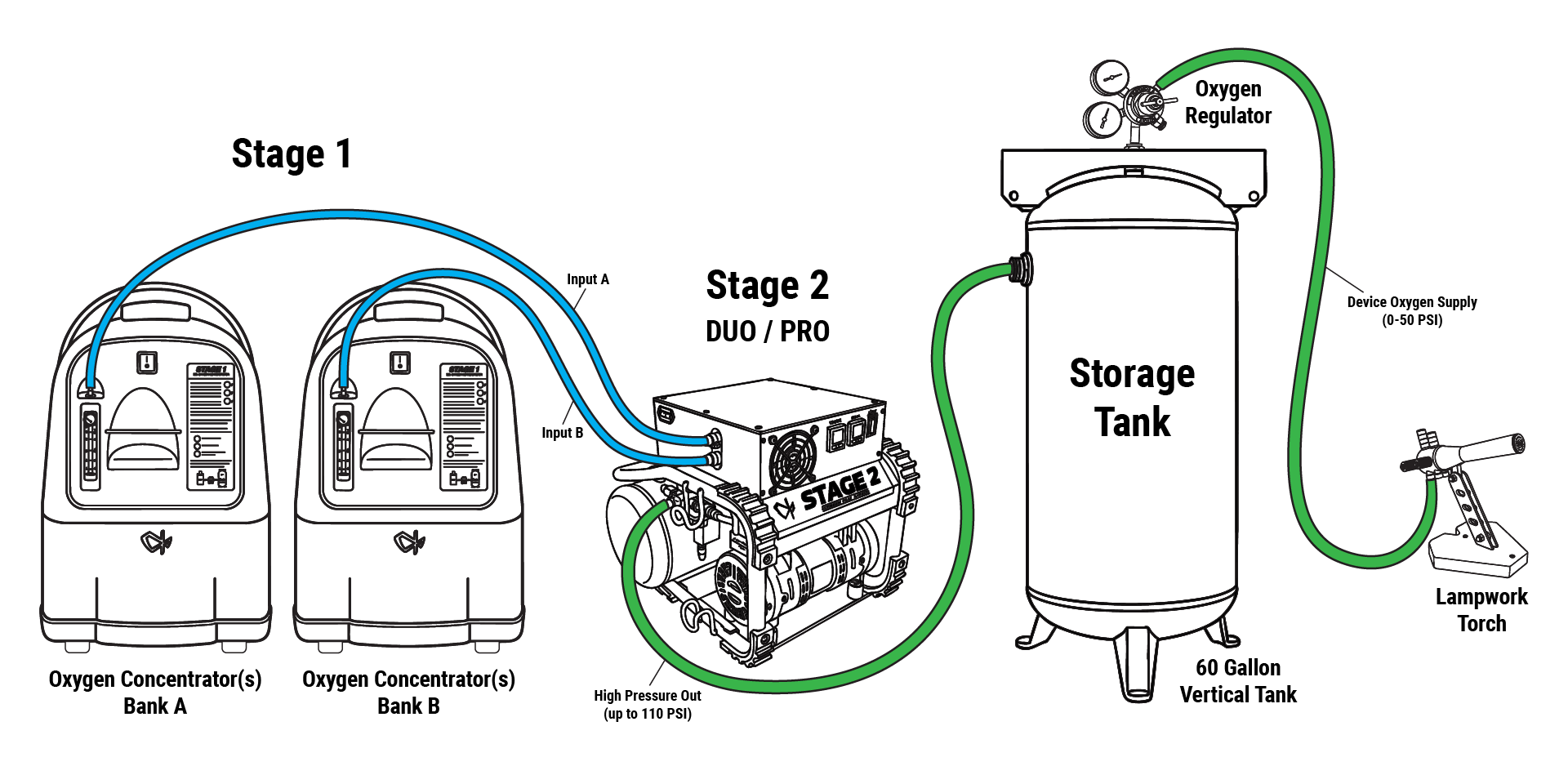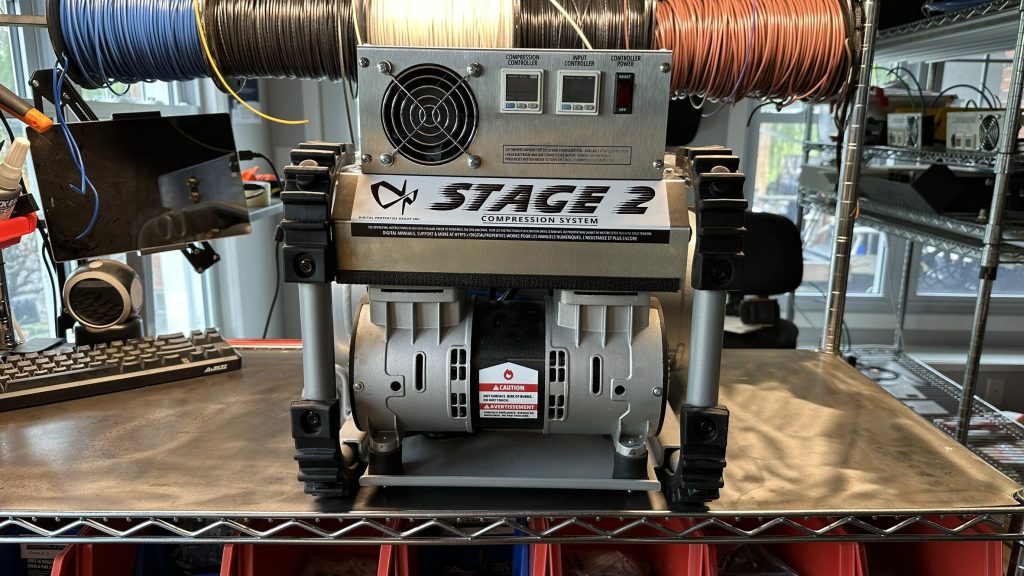Your cart is currently empty!
Category: Pneumatics
-
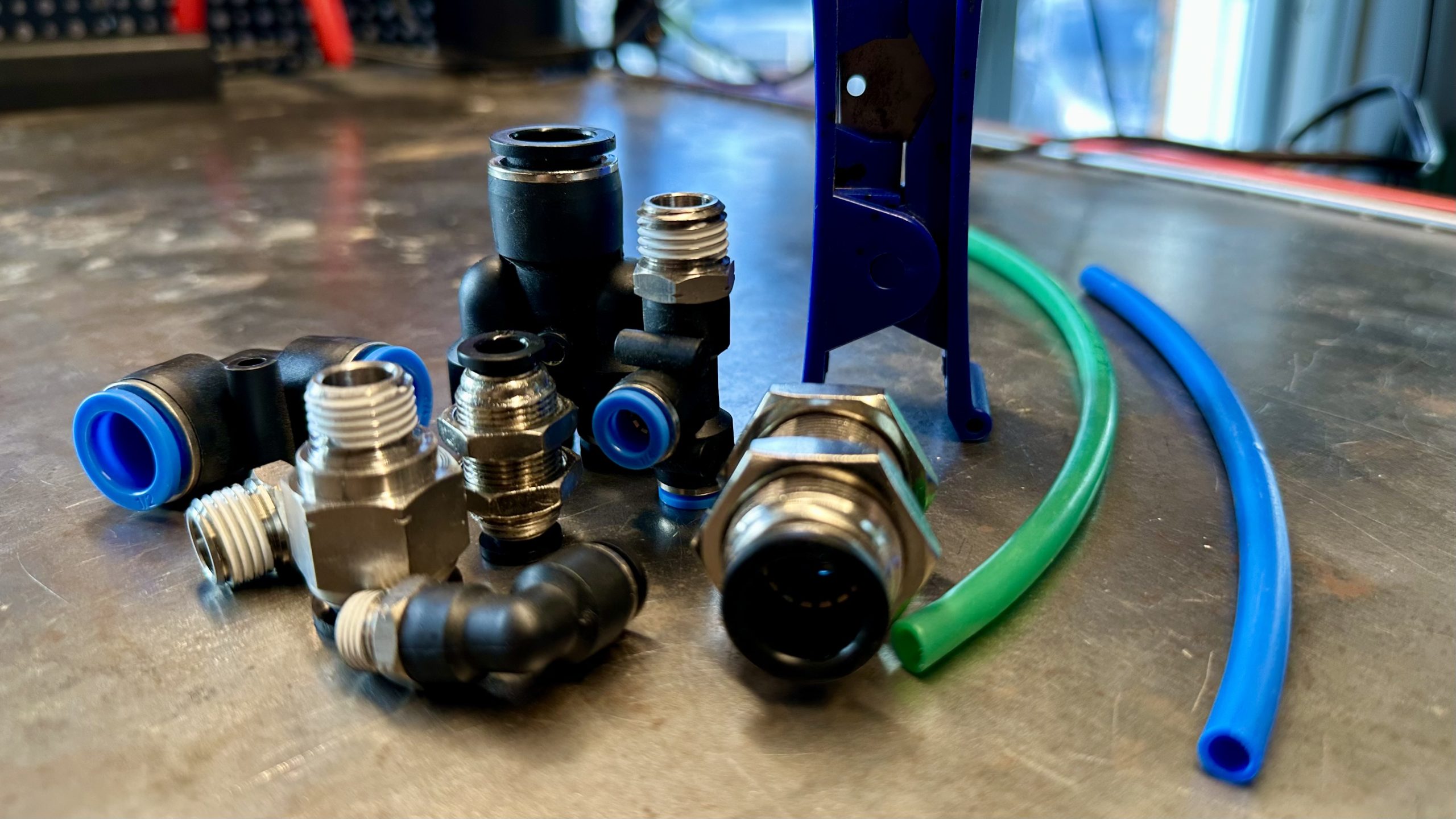
Designing for Durability: Why PTC Fittings and TPU Tubing Outperform Under Pressure
Oxygen compression systems demand reliability. Heat, vibration, and continuous operation can quickly expose the weaknesses of traditional hose clamps or barbed fittings. The result? Leaks, inefficiencies, and safety risks.
A better solution is pairing TPU (Thermoplastic Polyurethane) tubing with Push-to-Connect (PTC) fittings. This combination delivers strength, stability, and ease of use. Exactly what oxygen systems need.
Secure Under Stress
Unlike rigid materials that can loosen or crack, TPU is flexible yet durable, absorbing vibration without losing form. Paired with PTC fittings—which lock the tubing in place with precision seals—connections remain tight and reliable. Even in high-vibration environments, this setup resists leaks and fitting fatigue.
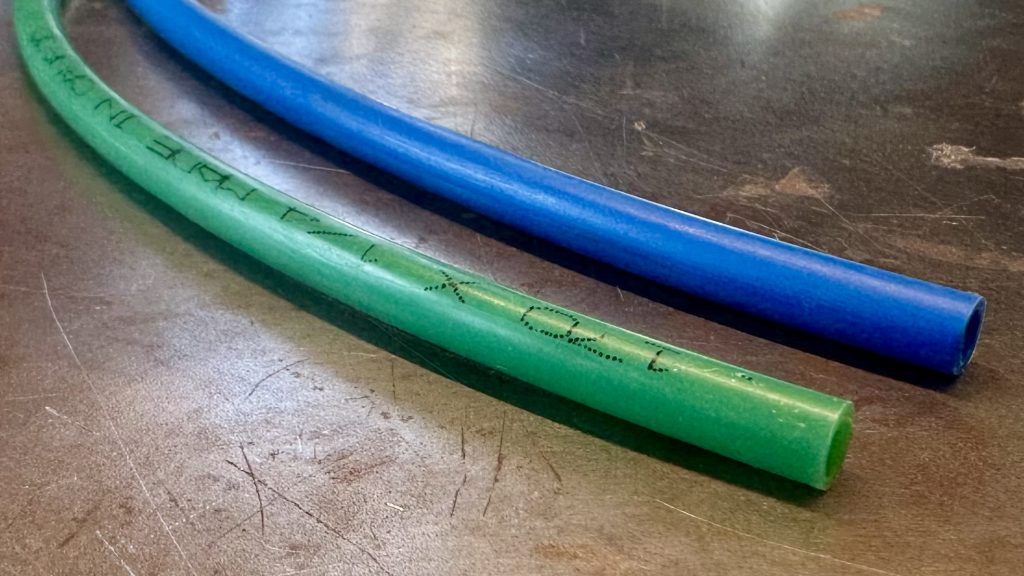
TPU Tubes 1/4″
Built for Heat
Continuous operation means elevated temperatures, and TPU handles heat far better than PVC. It maintains elasticity up to around 80°C, while quality PTC fittings are rated for similar or higher ranges. Together, they provide consistent performance where other tubing-fittings systems often fail.
Clean, Leak-Free Operation
PTC fittings use internal O-rings that seal firmly against TPU’s surface. This eliminates oxygen loss, protects system efficiency, and ensures safety. For oxygen-rich environments, clean, leak-free connections are non-negotiable—and this pairing delivers.
Fast, Simple, Reliable
No clamps, no tools, no complicated setup. PTC fittings connect in seconds and release just as easily for maintenance. TPU tubing complements this with flexibility and durability, making the system not only reliable but also efficient to service.
The Bottom Line
For oxygen systems under constant demand, PTC fittings and TPU tubing offer the perfect balance of:
- Long-term durability
- Leak-resistant performance
- Heat and vibration resilience
- Quick, tool-free installation
- Oxygen-safe materials
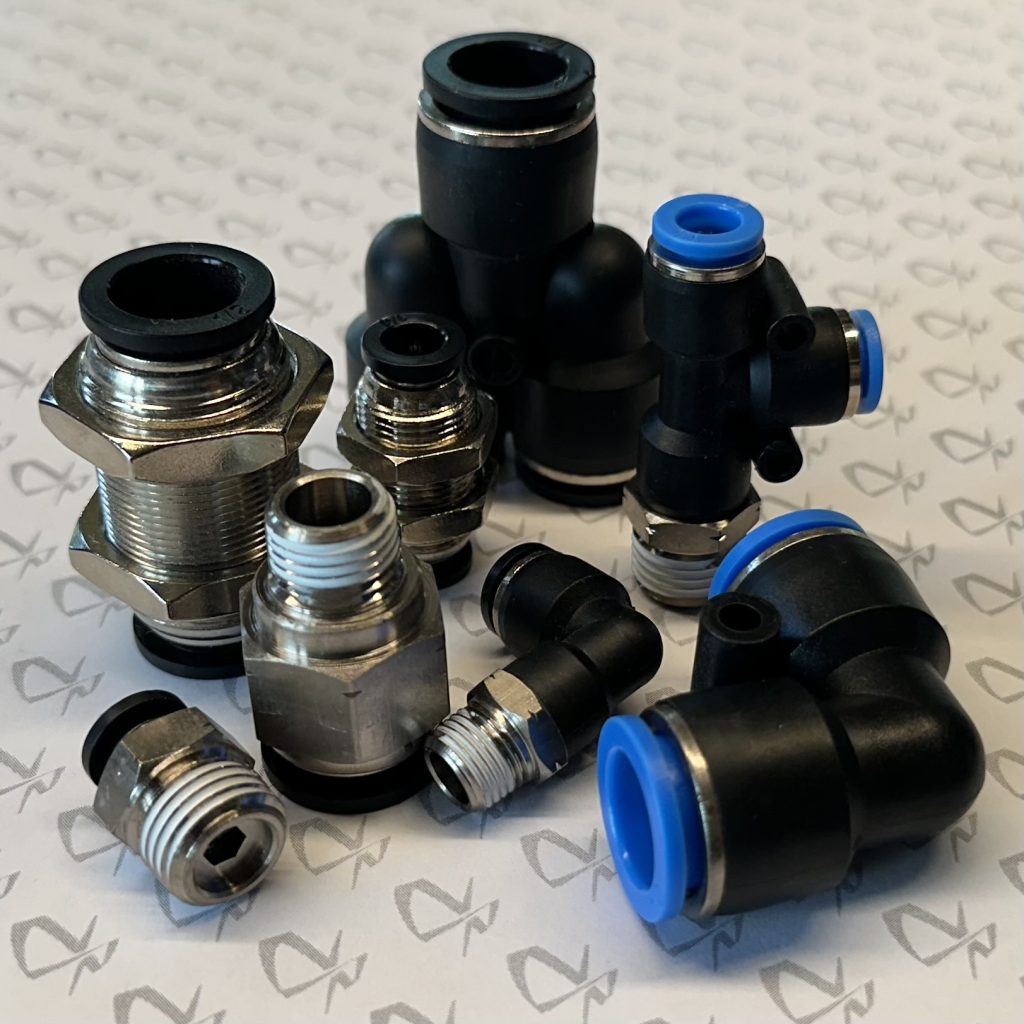
Whether your setup is stationary or mobile, this combination provides dependable performance with minimal maintenance—so your system stays focused on what it was built to do.
Need help selecting the right PTC fittings and TPU tubing for your system? Our team offers expert guidance and a full range of compatible components to meet your application’s needs.
